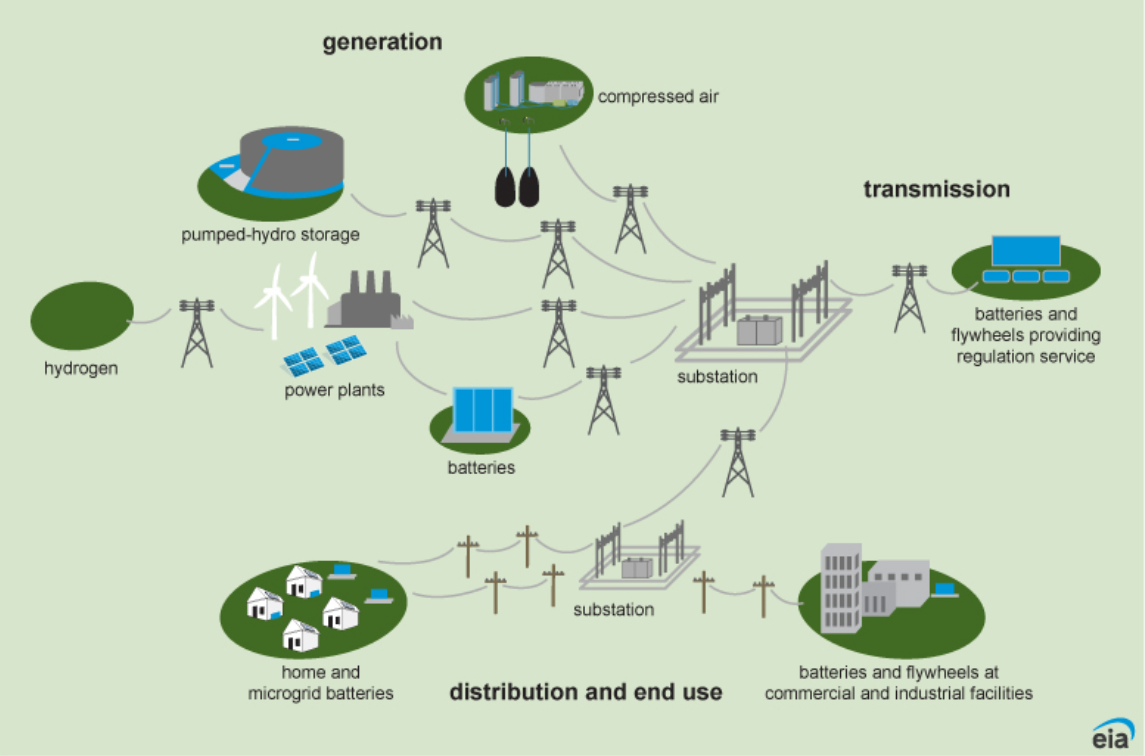Explore Other Resources
Subscribe Today!
The Paradox Of Rising Electricity Prices Amidst Lower Natural Gas Costs
In the energy market, an interesting trend is emerging: natural gas prices are falling while wholesale electricity rates are climbing. This may seem contradictory, but it becomes clearer when considering the impact of integrating renewable energy into the grid.

Source: Energy Information Administration (EIA)
The Short-Term Rise: Understanding the Grid's Growing Pains
The transition to renewable energy is akin to renovating a house while still living in it. The immediate effects can be chaotic and cause temporary discomfort, despite the promise of long-term benefits. In the case of electricity markets, this disruption manifests as price increases for a few reasons:
Infrastructure Investment: Integrating renewables like wind and solar requires significant upfront investments in both the generation and transmission infrastructure. These costs can initially lead to higher electricity prices as the grid is upgraded to handle the variable nature of renewable power.
Backup Generation Costs: Renewable energy sources are intermittent—solar only generates during the day, and wind power is unpredictable. To ensure a constant electricity supply, backup generation from traditional sources (often natural gas plants) must be maintained and can be costly to ramp up or down quickly, adding to the electricity price.
Market Dynamics: The electricity market is complex. When renewables generate a surplus, prices can plummet, sometimes even turn negative. Conversely, low supply from renewables due to unfavorable weather conditions can cause prices to spike. These fluctuations can create volatility and result in higher average prices.
The Long-Term Gain: The Promising Horizon of Low-Cost Generation
Despite these short-term challenges, the long-term outlook remains bright for several reasons:
Decreasing Operational Costs: Once renewable plants are built, their operational costs are substantially lower than fossil fuel plants. They don't need to purchase fuel, as wind and sunlight are free, which can drive down prices over time.
Technological Advancements: As technology improves, renewables become more efficient and less expensive. Additionally, energy storage solutions are advancing, which will alleviate the need for backup generation and reduce the cost associated with intermittency.
Economies of Scale: The more renewable energy sources we deploy, the cheaper they become due to economies of scale. Large-scale production of renewable energy technology leads to lower unit costs, and as the market grows, so does the infrastructure, which in turn reduces costs further.
Environmental and Health Cost Savings: While not directly reflected in electricity prices, renewable energy leads to environmental and health benefits that can translate to economic savings. Fewer pollutants mean lower healthcare costs and a cleaner environment, which benefits society at large.
In conclusion, while the initial impact of transitioning to renewable energy can cause electricity prices to rise, it's a necessary investment in a sustainable and cost-effective future. As renewable technologies mature and the market adapts, we can anticipate a decline in wholesale electricity rates, yielding a greener grid and a more resilient energy economy.
For additional information please contact us to schedule a quick call.
